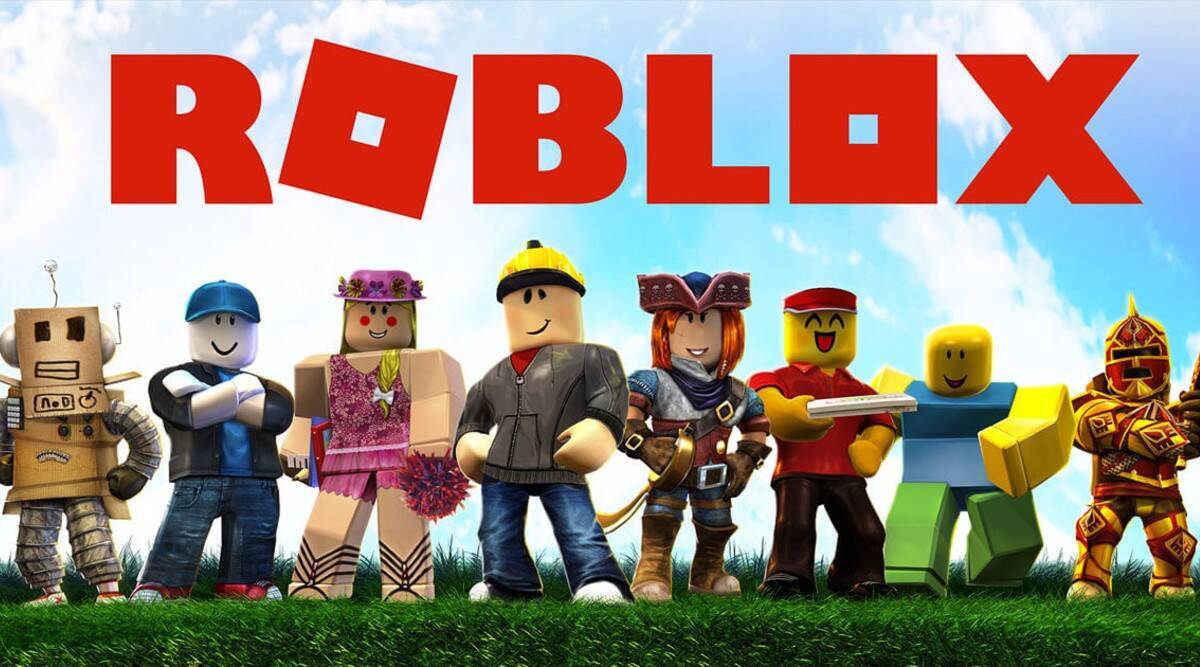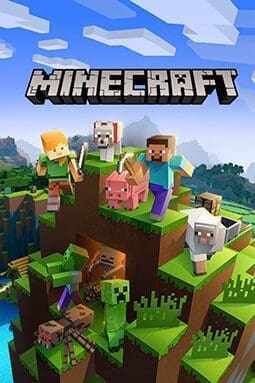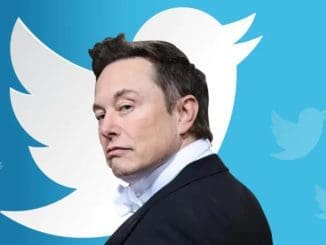
What is the Metaverse?
Metaverse is a fusion of various technical elements, like virtual reality, augmented reality, and video, where users “live” within a digital universe. Metaverse envisions its users working, playing, and staying connected with friends through concerts and conferences to virtual trips worldwide.
Why Metaverse?
We are at a point where no day goes by without an organization or celebrity announcing that they are building their presence in the virtual universe. Several new technologies have come together to enable this vision of the Metaverse. Virtual reality (VR) and Augmented reality (AR) headsets have become cheaper and more powerful, improving the user experience. Blockchain has validated digital currencies and NFTs.
From a social outlook, the development of more immersive virtual experiences will help people build communities based on shared values, and they will be able to express themselves comfortably.
Meanwhile, COVID-19 has accelerated the digitization of our lives and normalized online engagement and communication. This combination of technical, social, and economic factors drives the explosive interest in the Metaverse
When can we experience the Metaverse?
Mark Zuckerberg, the CEO of Meta (formerly Facebook), estimates it could take five to ten years before the critical features of the Metaverse become mainstream. But many aspects of the Metaverse still exist. Speeds, virtual reality headsets, Ultra-fast broadband, and persistent always-on online worlds are already up and running, though they may not be accessible to everybody.
Here’s a look at what could lead to the Metaverse tomorrow:
Meta: Formerly known as Facebook, this tech giant has already made significant investments in virtual reality. Meta envisages a virtual world where digital avatars can connect to work, travel, or entertainment using VR headsets. Zuckerberg believes that Metaverse could replace the internet. “The next platform and medium can be even more immersive where you’re in the experience, and not just looking at it. After revealing the company’s rebranding, we call this the Metaverse,” said Meta CEO, Mark Zuckerberg, last month.
Microsoft: The software company uses holograms and develops mixed and extended reality applications with the Microsoft Mesh platform, which combines real-world, virtual reality, and augmented reality. Recently, Microsoft showed off its plans to bring mixed-reality, including holograms and virtual avatars, to Microsoft Teams in 2022. It will also add explorable 3D virtual connected spaces in the works for next year. The U.S. Army is working with Microsoft on an augmented reality Hololens 2 headset for soldiers to train, rehearse and fight in. Beyond that, Xbox Live also connects millions of video game players across the globe.
Epic Games: CEO of the company, Tim Sweeney, who developed Fortnite, has said, “It’s no secret that Epic invests in building the metaverse.” It’s held concerts by Ariana Grande and Travis Scott, movie trailers, and an “immersive” re-imagining of Martin Luther King Jr. ‘s 1963 notable speech-“I Have A Dream.” The company is developing realistic digital humans with its MetaHuman Creator, through which you would be able to customize your digital avatar in future world games.
Roblox: The platform was founded in 2004. It contains scores of user-generated games and role-playing offerings like Bloxburg and Brookhaven, where users can build homes, work, and playout scenarios. Roblox is currently valued at more than $45 billion. On the day of its IPO, Roblox founder and CEO David Baszucki tweeted a thank you to all those who helped bring the platform one step closer to fulfilling our vision of the Metaverse. Roblox teamed up with skateboarding shoe company Vans to create Vans World. Avatars can dress up in Vans gear in this virtual skateboarding park. They even opened a limited Gucci Garden, where you can try and buy clothing and accessories for your virtual self.

Minecraft: A virtual universe loved by kids, the Microsoft-owned Minecraft is the digital equivalent of Legos, where players can create their digital avatars and build whatever they want. Minecraft flaunts more than 140 million monthly active users on its platform. It became prevalent among kids who had to rely more heavily on virtual connections during the pandemic.

Some lesser-known companies have also launched their online worlds after seeing the progress of Minecraft. Second Life- an online fantasy world is in its second decade as an alternate reality.
There’s much excitement about the various possibilities of the Metaverse. Still, key areas need to be further developed to enable it to its full potential for engagement-community building, self-expression, and commerce. These can bring new opportunities for teams, projects, businesses, technology providers, and financial institutions to flourish and collaborate in vibrant ecosystems that address technology, commercial infrastructure, privacy and identity, future workforce, regulation, tax, accounting, and social infrastructure.
About the Author: Prerna Mittal is a first-year student at Manipal Institute of Technology, MAHE.



Be the first to comment